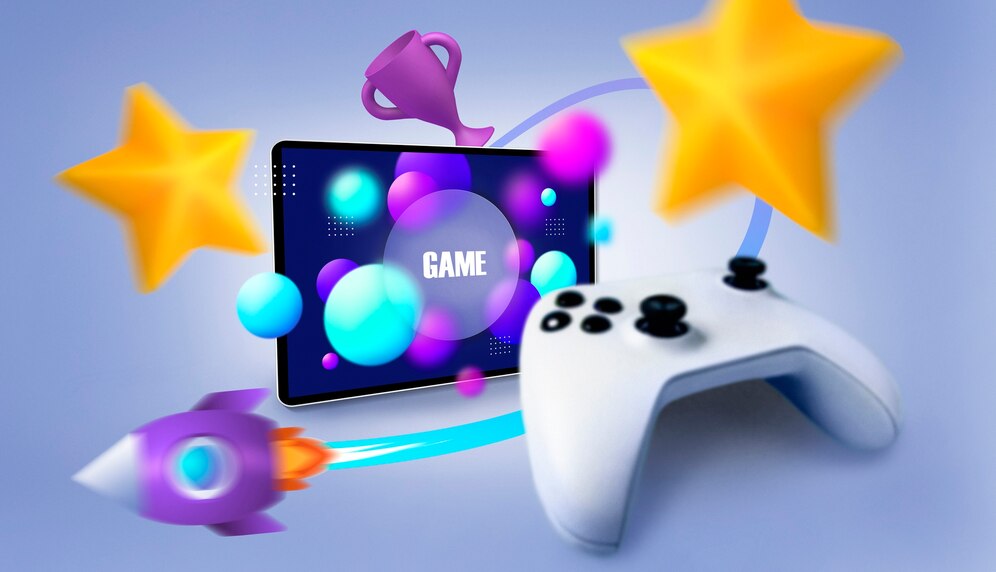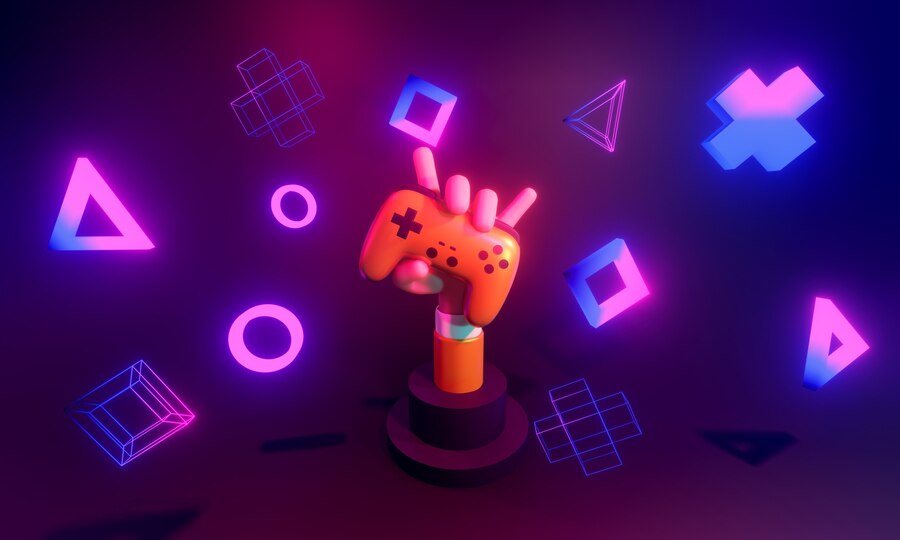About Profitable Hyper-Casual Games: Design Tips, Rates, and Upcoming Trends for 2025
Hyper-casual games have taken charge in the mobile gaming industry while leading it toward both rising profits and gaining greater popularity. Minimalistic games exist because of their simple yet addictive formula which appeals to developers and gamers. This article examines the optimal design strategies and earning capabilities while identifying what to expect in hyper-casual development trends for 2025. The guide serves developers who work with iOS game development services as well as PC game development services and 3D mobile game development to create successful titles. 1. Various Strategic Guidelines Help Developers Produce Successful Hyper-Casual Games Building a successful hyper-casual game demands designers to pay close attention to quality design specifications. Several important design recommendations which follow include: Simplicity and Accessibility sheet gamers prefer simplified mechanics which need no clear instructions since this drives their success. The game mechanism needs to create an interface that enables people to begin playing without delay. You should prioritize easy learning among your users regardless of whether you select iOS game development services or PC game development services. Engaging Game Mechanics The satisfying experience should prevail as a defining component in developing all hyper-casual titles. The development of 3D mobile games uses basic physics interactions touch swipe gestures and basic tapping mechanics. Players tend to remain active in a game when its mechanics are easy to understand. Minimalistic Yet Attractive Design Attractive graphics must be utilized without overwhelming players. The majority of thriving hyper-casual games implement simple designs that use vivid colors together with sleek movement animations. 3D mobile game development methods allow developers to create attractive visuals that run efficiently between various platforms. Short, Addictive Play Sessions The developers create hyper-casual games to function as easily playable games that users can continue using in short intervals. The game design elements need to offer brief but satisfying experiences while letting challenges rise through each successive stage to prevent user boredom. Quick restart options within the game interface result in substantial improvements in player retention numbers. Monetization Strategy A game requires the smooth integration of revenue-generating features to succeed. Advertising units with reward mechanics and selling additional content items and game interruptions need proper strategic placement in order to maintain a smooth gaming experience. The maximization of revenue depends on finding the right balance according to both iOS game development services and PC game development services. 2. Monetization and Revenue Rates The procedure of understanding monetization methods represents a fundamental requirement to achieve profitability with hyper-casual games. Companies earn revenue from three main approaches: displaying advertisements selling virtual items and charging subscribers. Advertising Revenue The main revenue stream for hyper-casual games originates from placing advertisements in the games. Within the game development process developers embed banner ads combined with rewarded video ads and interstitial ads. The pricing in the hyper-casual gaming industry reaches up to $50 per thousand impressions of ads with $10 as the base level and it adapts to users and geographical locations. In-App Purchases (IAPs) Companies that develop hyper-casual games usually avoid in-app purchase options but such practices can still increase profits. According to gamers they are willing to buy cosmetic enhancements in addition to the removal of advertising and gaming boosters. IAPs should integrate to enhance game value yet avoid breaking the essential gameplay conditions of a 3D mobile experience. Subscription Models A small number of hyper-casual games adopt subscription-based revenue models for their operations. Users who want uninterrupted gameplay will subscribe to an ad-free package if it is provided on a weekly or monthly basis. Game development services under the iOS platform commonly include this function as part of their revenue generation strategies. Hybrid Monetization Investing in all three revenue streams of advertisements, in-app purchases, and subscriptions delivers the most profit for hyper-casual games. A perfect revenue maximization strategy maintains a balance between player satisfaction and business goals because it avoids alienating customers. 3. Trends in Hyper-Casual Games for 2025 The hyper-casual gaming sector will undergo massive changes that will become noticeable in 2025. Upcoming major trends in the industry include the following elements: AI-Driven Game Design Game development receives its revolution from artificial intelligence technology. AI technology currently helps developers improve their game designs while creating character animations and forecasting player behaviors which results in better engagement. Multiplayer Hyper-Casual Games Single-player hyper-casual games added multiplayer features to their designs. The addition of real-time competition and leaderboards improves player retention because it creates additional engagement. Integration with the Metaverse Metaverse integrations have become the focus of virtual gaming studios because of increasing virtual environments. The development of 3D mobile games will provide players with complete virtual-world interaction capabilities. More Advanced Graphics The upcoming year 2025 will bring 3D graphics enhancements to hyper-casual games beyond their current basic design choices. The developers will implement top-tier rendering approaches without compromising their game performance. Cross-Platform Play Game developers providing services to both PC and iOS platforms are currently teaming up to let players play games across multiple platforms. A seamless experience will emerge which lets people play their selected hyper-casual games on various devices. 4. The Role of iOS, PC, and 3D Mobile Game Development All these digital platforms provide essential functions that make up the development process for hyper-casual games. When developers comprehend platform attributes this enables them to select development choices wisely. iOS Game Development Services The App Store maintained by Apple operates as a highly profitable platform for developers of hyper-casual games. The user-friendly ecosystem of this platform enables developers to simplify their procedures for reaching users and earning profits. PC Game Development Services The hyper-casual adaptation trend has increased in PC game development services despite mobile remaining the dominant platform. Game users across different platforms can discover new content through Steam and the Epic Games Store online distribution channels. 3D Mobile Game Development The evolution of mobile electronic devices now enables easier development of 3D mobile game projects. Developers achieve drastically improved performance and visual quality when creating advanced experiences that produce deeply engaged players. 5. Best Marketing Strategies










